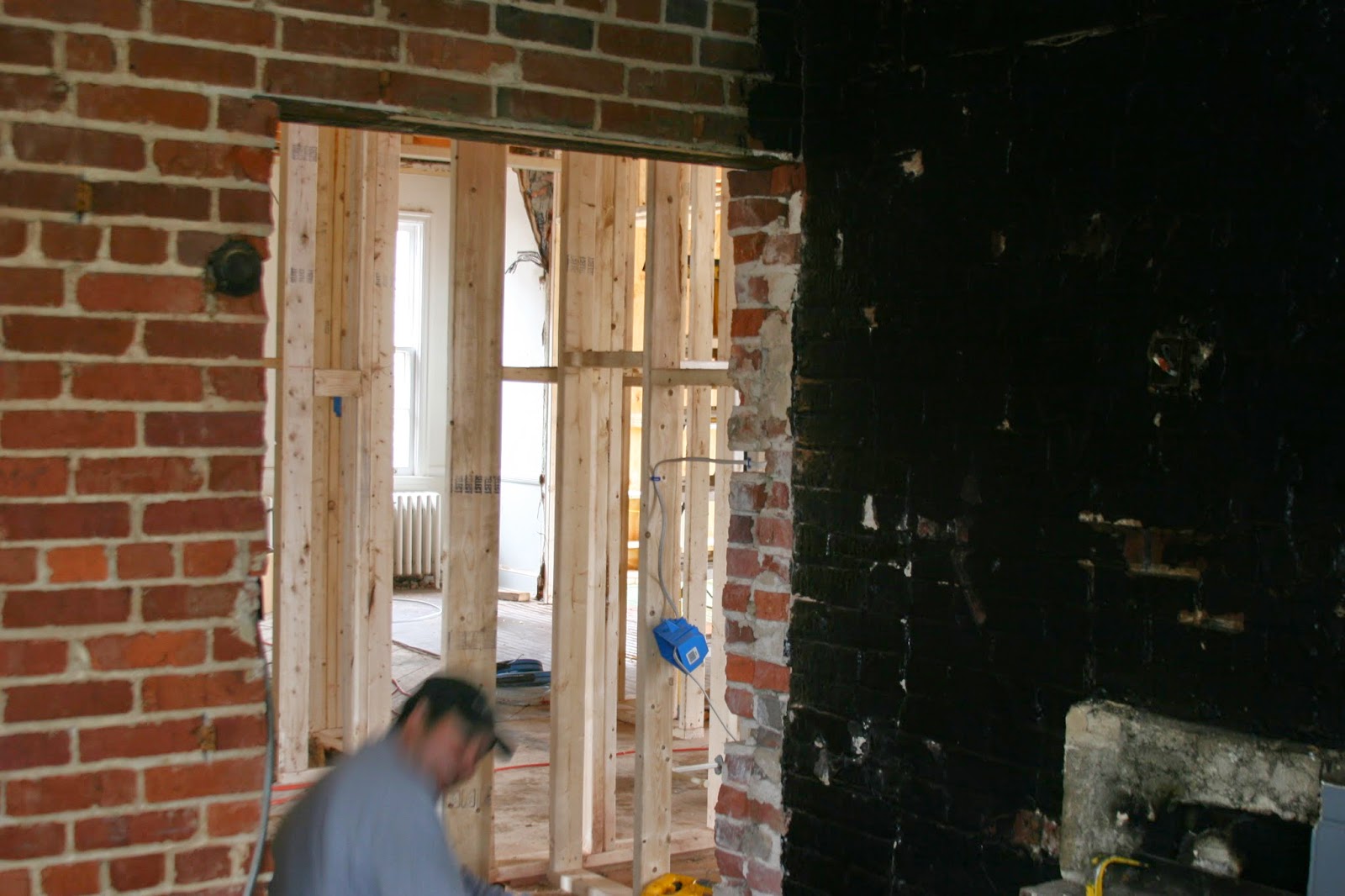The old wood siding on the existing house is in really bad shape. Happily it is to be replaced with new cedar siding to match the old and the second floor addition and a tiny part of the first floor addition will also siding. The balance of the house is brick and the first floor of the addition will largely be glass and raised panels.
The new siding material is a gorgeous cedar material and it will have about a seven and half inch exposure--the vertical distance between the bottom of each piece and the start of the overlapping piece above. The existing exposure varied anywhere from seven and half to eight inches.
 |
| Beautiful material with mitered corners. Pity we have to paint it. |
One of the things we had to decide was how to finish the outside corners. In the image above the boards are mitered, like a picture frame. While this looks beautiful, I think it looks too modern for our house. Another option is to do vertical trim pieces that the siding then butts up against. This can also look very nice, but one tends to see this more on older, wood-framed houses, or on newer, developer-built houses. Another way to deal with it is to lap the boards. That's what is currently on the house and what I think looks best for the age of our house. My other half was mesmerized by the mitered corners and was second guessing my decision until we walked through the gorgeous old Somerset neighborhood of Chevy Chase, Maryland and we saw one or two beautiful examples of lapped corners. So lapped it is.
 |
| Trimmed or butted corner. As in the siding butts up against the trim piece. |
 |
| You can see the terrible shape the existing siding is in. With this kind of lapped corner, one board overlaps the end of the other and it alternates. |
 |
| This example of cedar shingles gives a good idea of how the lapped corners look. |
There is one spot on the back of the house where and old window is being bricked in. Since it is in the middle of an existing field of brick the contractor wanted to make sure that the infill matched in size and color. So they have been salvaging brick from some of the demo areas.


.jpg)






































